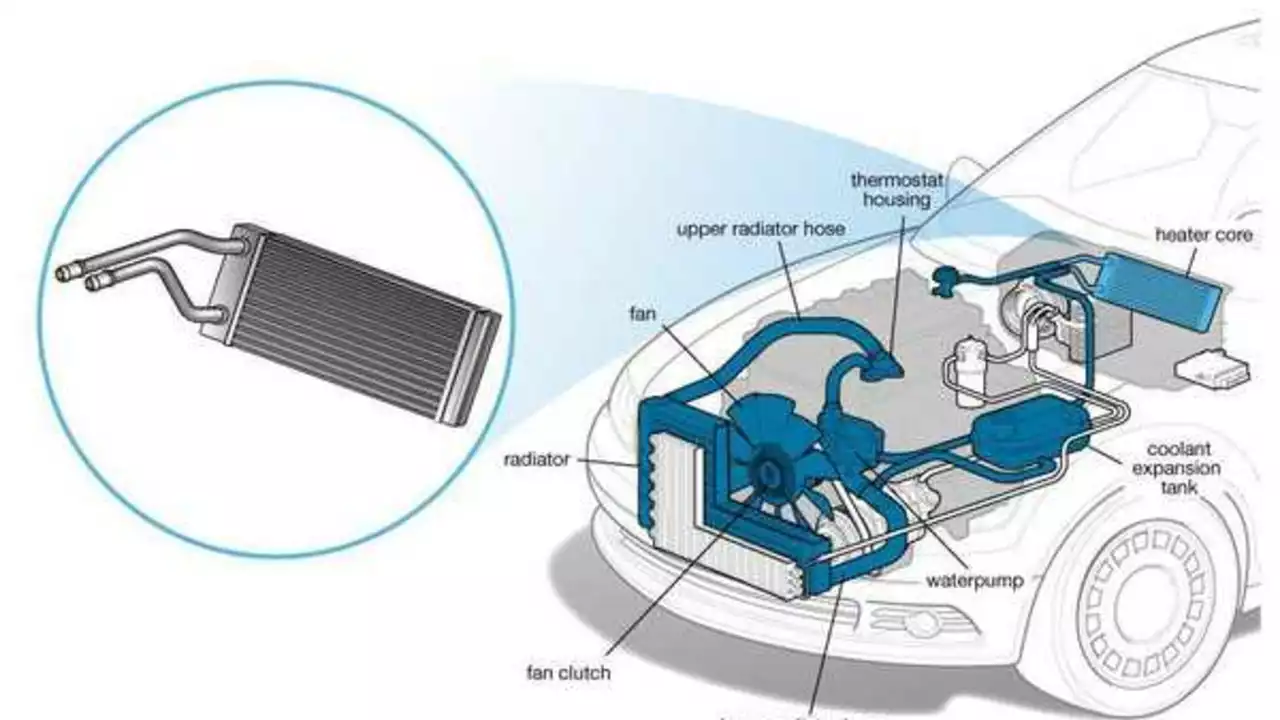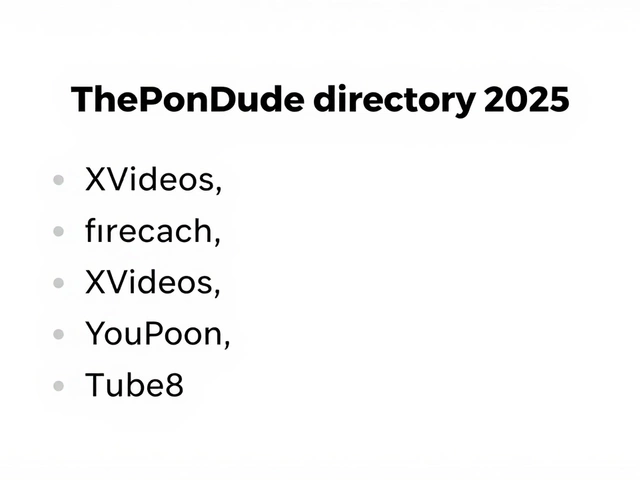Automotive Repair & Maintenance: Simple DIY Tips for Car Owners
Welcome to the hands‑on side of car care. Whether you’re a seasoned hobbyist or just curious about fixing a small issue, this page gives you straight‑forward advice you can use today. No jargon, no fluff – just the steps that work.
How to Remove the Bottom Radiator Hose
One of the most common tasks is taking off the bottom radiator hose. The job looks tricky, but with the right order it’s a breeze.
Step 1: Drain the coolant. Find the radiator drain plug, usually at the bottom of the tank, and let the fluid flow out into a safe container. Remember, hot coolant can scorch, so let the engine cool first.
Step 2: Locate the clamps. Two metal clamps hold the hose to the radiator and the lower engine block. Grab a pair of pliers or a hose‑clamp tool and gently squeeze the tabs to release the pressure.
Step 3: Pry the hose off. Once the clamps are loose, wiggle the hose a little. If it sticks, a flat‑head screwdriver can help nudge it free – just be careful not to gouge the metal.
Step 4: Inspect and replace. Look inside the hose for cracks or wear. If you see any damage, replace it now. New hoses are cheap and a fresh fit prevents leaks later.
Step 5: Re‑attach and refill. Slip the new hose onto the fittings, tighten the clamps, and pour fresh coolant back into the radiator. Bleed any air out by running the engine with the heater on high for a few minutes.
That’s the whole process. Most people finish in under an hour, and the confidence boost is worth the effort.
Other Quick Maintenance Tips
While you’re under the hood, these small checks can save you big headaches.
Check fluid levels. Engine oil, brake fluid, and power‑steering fluid are easy to top up. A quick dip stick reading tells you if something’s low.
Inspect belts and hoses. Look for cracks, fraying, or glazing. A worn belt can cause overheating or loss of power steering.
Test the battery. If the car hesitates to start, the battery may be weak. A simple voltage test (12.6 V when the engine is off) can confirm it’s healthy.
Look at the brakes. Pad thickness below 3 mm means it’s time for new pads. Listen for squealing – that’s a clear sign you need to act.
All of these checks take just a few minutes each, but they add up to a smoother, safer ride.
Got a specific repair in mind? Drop a comment, and we’ll walk through it together. At Auto Boost Sports Line, we love turning car worries into confidence‑building projects. Keep the engine humming, and enjoy the road ahead.
How do you remove the bottom radiator hose on a car?
Well folks, ever found yourself on the thrilling treasure hunt of car maintenance, specifically hunting the elusive beast known as the bottom radiator hose? Buckle up, because I'm your Indiana Jones of car tutorials! First things first, you've got to locate the radiator drain plug and let out all that pesky coolant - remember, safety first, don't let your pets anywhere near it! Once the coast is clear, you can pry off those stubborn hose clamps with a pliers or a special hose clamp tool. And voilà, you've mastered the removal of the bottom radiator hose, no sweat! Now who said car maintenance couldn't be a blast?



